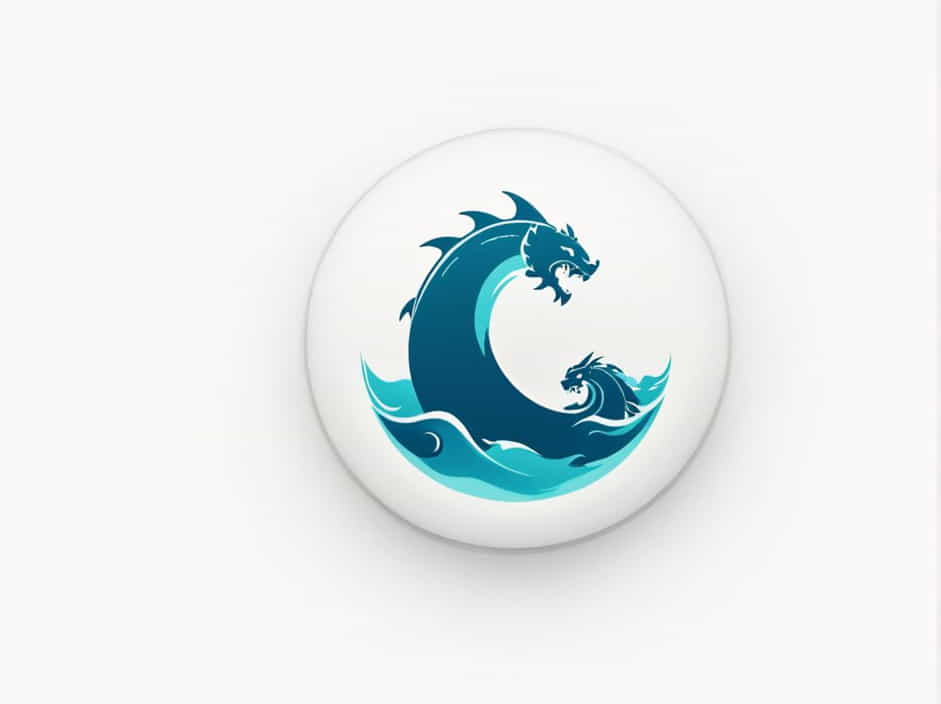The myth of Scylla and Charybdis is one of the most terrifying legends in Greek mythology. These two sea monsters haunted the narrow strait, forcing sailors to choose between two equally deadly threats. Their story has become a symbol of impossible choices and unavoidable danger.
In this topic, we will explore the origins of Scylla and Charybdis, their roles in mythology, and their impact on legendary heroes like Odysseus and Jason.
Who Were Scylla and Charybdis?
Scylla and Charybdis were two monstrous creatures that lived on opposite sides of a narrow strait, usually identified with the Strait of Messina, between Italy and Sicily. Any ship passing through had to face one or the other, making the passage nearly impossible.
- Scylla was a terrifying sea monster with multiple heads and sharp teeth, ready to devour anything that came near.
- Charybdis was a giant whirlpool, swallowing huge amounts of water and anything caught in its current.
These two creatures made the sea route treacherous, striking fear into the hearts of sailors.
The Origins of Scylla
Scylla: The Beautiful Nymph
Scylla was not always a monster. According to some myths, she was once a beautiful nymph, loved by many gods and mortals. However, her fate took a tragic turn due to jealousy and revenge.
One version of the myth states that Glaucus, a sea god, fell in love with Scylla, but she did not return his affection. Desperate, Glaucus sought the help of Circe, the powerful sorceress.
Circe’s Curse
Circe, who secretly loved Glaucus, became jealous of Scylla. In an act of revenge, she poisoned the waters where Scylla bathed.
- When Scylla entered the water, she was transformed into a monster.
- Her lower body became a mass of snarling dogs and tentacle-like limbs.
- She could no longer return to her former self and became a permanent threat to passing sailors.
This tragic transformation made Scylla one of the most feared creatures of the sea.
The Origins of Charybdis
Charybdis: The Daughter of Poseidon
Charybdis, unlike Scylla, was always associated with the sea and destruction. She was the daughter of Poseidon, the god of the sea, and was known for her insatiable hunger.
Some myths describe her as a giant sea creature, while others say she was simply a force of nature.
Punishment by Zeus
Charybdis was once a powerful nymph, loyal to her father Poseidon. During a war between Zeus and Poseidon, she helped her father by flooding lands to expand the sea.
Zeus, angered by her actions, punished Charybdis by:
- Striking her with a thunderbolt, transforming her into a monstrous whirlpool.
- Forcing her to swallow massive amounts of water three times a day, creating deadly waves.
- Making her a permanent danger to all who sailed near her.
This transformation turned Charybdis into one of the greatest dangers of the ocean.
Scylla and Charybdis in Greek Mythology
Odysseus and the Deadly Passage
One of the most famous stories involving Scylla and Charybdis is found in Homer’s Odyssey.
Odysseus, the legendary Greek hero, had to sail through the strait where the two monsters lurked. His guide, Circe, warned him that he had to choose between Scylla and Charybdis.
- If he sailed too close to Scylla, she would snatch six of his men with her many heads.
- If he chose Charybdis, his entire ship could be swallowed.
Odysseus decided to sail closer to Scylla, sacrificing six men but ensuring that his ship and crew could continue their journey. This decision was one of the hardest choices he had to make.
Jason and the Argonauts
Another famous encounter with Scylla and Charybdis occurred during the journey of Jason and the Argonauts.
- Jason and his crew needed to sail through the treacherous waters.
- They were saved by Thetis, a sea goddess, who guided them safely through the passage.
Their escape from certain doom made them one of the few groups to successfully navigate past the twin sea monsters.
The Symbolism of Scylla and Charybdis
The myth of Scylla and Charybdis has become a powerful metaphor for making difficult choices.
“Between a Rock and a Hard Place”
The story gave rise to the phrase “caught between Scylla and Charybdis”, meaning being stuck between two equally dangerous options.
- Scylla represents a smaller but definite danger-losing a few but surviving.
- Charybdis represents a massive risk-potentially losing everything.
This concept applies to many real-life situations where people must choose between two undesirable outcomes.
The Chaos of the Sea
In ancient times, the sea was unpredictable and terrifying. The myth of Scylla and Charybdis symbolized the dangers sailors faced, reminding them of the power of nature.
- Scylla represented sudden, unavoidable losses, such as pirate attacks or rogue waves.
- Charybdis symbolized the uncontrollable forces of the ocean, like whirlpools and storms.
This legend reinforced the respect and fear that ancient sailors had for the sea.
Scylla and Charybdis in Modern Culture
The myth of Scylla and Charybdis continues to influence literature, films, and philosophy.
Literature and Philosophy
- Writers and philosophers use the Scylla and Charybdis dilemma to discuss difficult moral choices.
- The concept appears in works by Shakespeare, James Joyce, and modern political discussions.
Movies and Video Games
- The myth has inspired creatures in fantasy movies and games, such as The Odyssey (1997), Clash of the Titans (2010), and Assassin’s Creed Odyssey (2018).
- Scylla and Charybdis often appear as boss battles in RPGs, representing deadly, unavoidable challenges.
This shows how their legend remains relevant in modern storytelling.
The myth of Scylla and Charybdis is one of the most famous legends of Greek mythology, symbolizing difficult choices, the chaos of the sea, and the power of fate.
From Odysseus to modern storytelling, their terrifying presence has remained a universal metaphor for life’s toughest decisions. Their legend reminds us that sometimes, we must sacrifice something to survive-a lesson as timeless as the myth itself.
